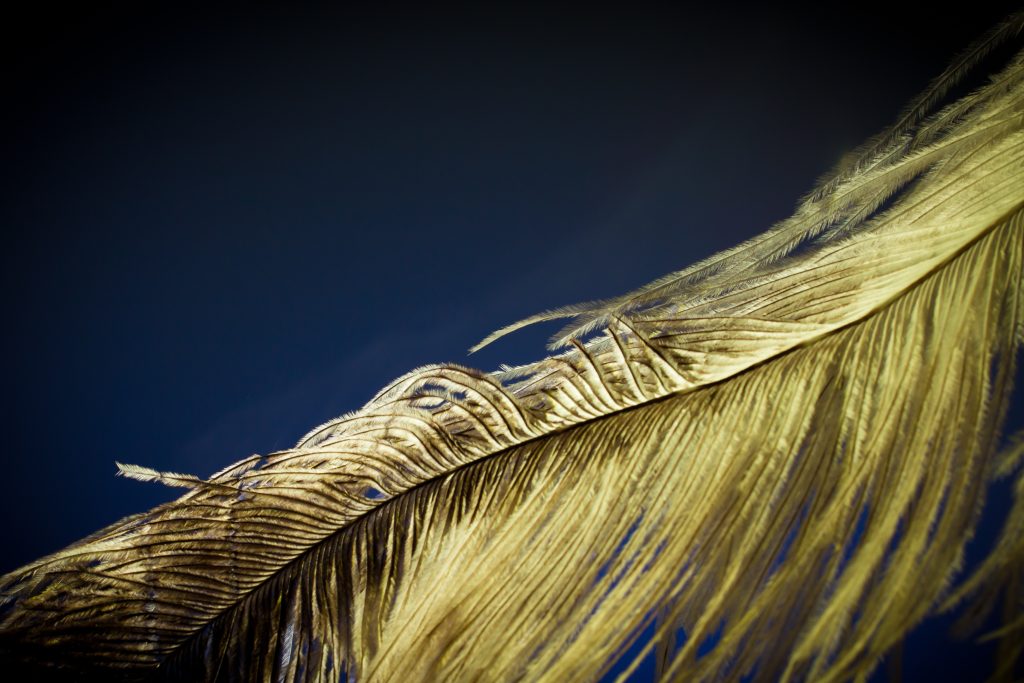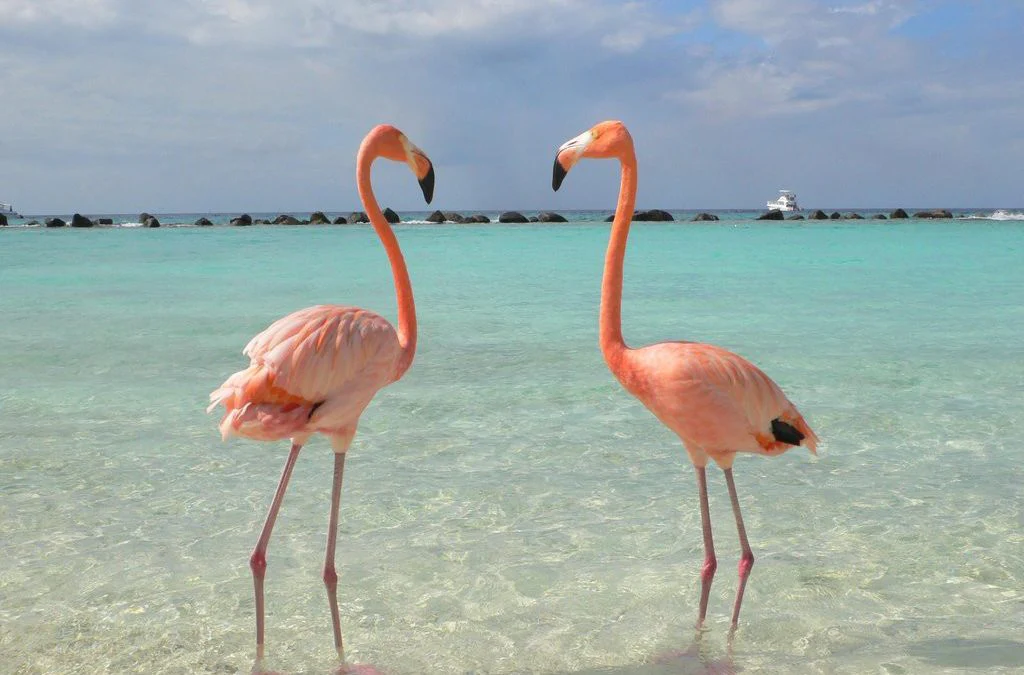Table of Contents
Have you ever wondered why flamingos are so beautifully pink? Or why do some flamingos seem to lose their brilliant color? These iconic birds are famous for their vibrant plumage, but the reasons behind their changing shades are quite fascinating. In this blog post, we’ll explore the mystery of Why Does a Flamingo Lose Its Color? and uncover the science behind their unique appearance.
The Flamingo’s Colorful Origins
Flamingos are not born with their iconic pink feathers. When they hatch, flamingo chicks are covered in soft, white down feathers. It’s not until they start eating their special diet that their feathers begin to change color.
The secret to a flamingo’s purple hue lies in their weight loss plan, which is rich in herbal pigments referred to as carotenoids. These pigments are determined inside the algae, brine shrimp, and other tiny organisms that flamingos feed on in their wetland habitats.
As flamingos consume these carotenoid-rich foods, the pigments are absorbed into their bodies and deposited in their feathers, giving them their characteristic pink or reddish-orange color.
Why Does a Flamingo Lose Its Color?

While a flamingo’s vibrant plumage is a sight to behold, these birds can sometimes lose their iconic color. But why does this happen? There are several reasons why a flamingo might lose its pink hue:
1. Diet Changes
The most common reason for a flamingo’s color loss is a change in its diet. If a flamingo’s food source lacks sufficient carotenoids, or if the bird cannot access its usual food sources, its feathers will gradually lose their pink color.
In captivity, for example, flamingos may lose their color if they are not provided with a diet rich in carotenoid-containing foods, such as shrimp or specialized flamingo pellets.
2. Molting Process
Flamingos go through a molting process, during which they shed their old feathers and grow new ones. During this time, their feathers may temporarily appear duller or less vibrant as the new feathers grow in.
This color change is temporary, and the flamingo’s pink hue will return once the molting process is complete and the new feathers have had a chance to accumulate carotenoid pigments.
3. Environmental Factors

Certain environmental factors can also influence a flamingo’s color. For example, if a flamingo’s habitat is disrupted or polluted, it may affect the availability of carotenoid-rich foods, leading to a loss of color.
Similarly, changes in water quality or salinity levels can impact the growth of algae and other organisms that flamingos feed on, indirectly affecting their color.
4. Age and Health
As flamingos age, their ability to absorb and metabolize carotenoid pigments may decrease, resulting in a gradual loss of color intensity. Additionally, health issues or illness can also affect a flamingo’s color, as the bird’s body may prioritize resources for essential functions over feather pigmentation.
Read also: Funny Kahoot Names
The Science Behind the Color Change
The process of how flamingos gain and lose their color is fascinating and involves some interesting science. Let’s take a closer look at the mechanisms behind this remarkable color transformation:
Carotenoid Pigments
Carotenoids are a class of natural pigments found in plants, algae, and various other organisms. These pigments are responsible for the vibrant red, orange, and yellow colors we see in many fruits, vegetables, and animal species, including flamingos.
The specific carotenoid pigments that contribute to a flamingo’s pink color are called canthaxanthin and astaxanthin. These pigments are not produced by the flamingos themselves but are obtained through their diet.
Feather Structure

Flamingo feathers have a unique structure that allows them to absorb and display carotenoid pigments. The feathers have tiny structures called melanin granules, which act like filters, selectively absorbing certain wavelengths of light and reflecting others.
When carotenoid pigments are present in the feathers, they interact with the melanin granules, causing the feathers to appear pink or reddish-orange. The more carotenoids present, the more intense the color will be.
Metabolic Processes
Once consumed, carotenoid pigments undergo various metabolic processes within the flamingo’s body. These pigments are transported through the bloodstream and deposited in the growing feathers during the molting process.
The concentration of carotenoids in the feathers depends on the bird’s diet and its ability to absorb and metabolize these pigments effectively. Any disruption in this process can lead to a decrease in color intensity or a complete loss of color.
Do flamingos lose their color during pregnancy?
No, flamingos do not lose their color during pregnancy. The loss or fading of a flamingo’s pink color is typically due to changes in their diet or environments that affect the availability of carotenoid pigments, which give them their distinctive coloration. Pregnancy itself does not directly cause flamingos to lose their vibrant pink feathers.
The Importance of Color
While the color change in flamingos may seem purely aesthetic, it serves an important biological function. The intensity of a flamingo’s pink color can be an indicator of its health and fitness.
Brighter, more vibrant colors often signal a flamingo’s ability to access high-quality food sources and its overall good health. This color cue plays a role in mate selection, as flamingos tend to choose mates with more intense coloration, potentially ensuring better offspring survival.
Conservation Efforts
Protecting flamingo habitats and ensuring access to carotenoid-rich food sources is crucial for maintaining their iconic pink color and overall well-being. Many conservation efforts are underway to preserve wetland areas, monitor water quality, and prevent habitat destruction or pollution that could disrupt the delicate ecosystems upon which flamingos rely.
By understanding the reasons behind a flamingo’s color change, we can better appreciate the intricate connections between these birds and their environments, and take steps to safeguard their future.
Final Words
The thriller Why Does a Flamingo Lose Its Color is a fascinating story of biology, ecology, and the intricate relationships between organisms and their environments. From the carotenoid pigments of their diet to the unique structure of their feathers, every thing about a flamingo’s look is intricately connected to its habitat and properly-being.
By studying approximately the science at the back of this color change, we can gain a deeper appreciation for these iconic birds and the significance of maintaining their herbal habitats. So, the next time you notice a flamingo with a duller or much less vibrant red hue, recollect that it is a sign of the complex interaction among food plan, health, and environmental factors that shape those brilliant creatures.




